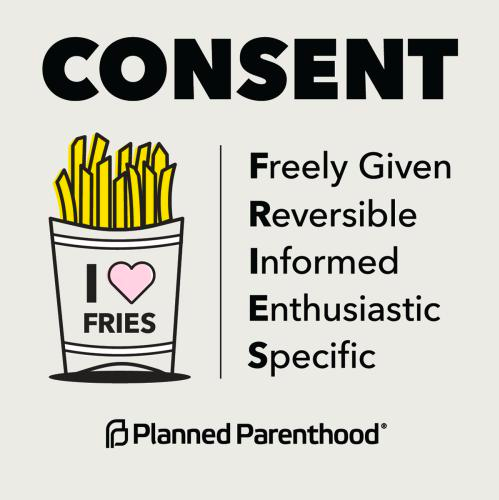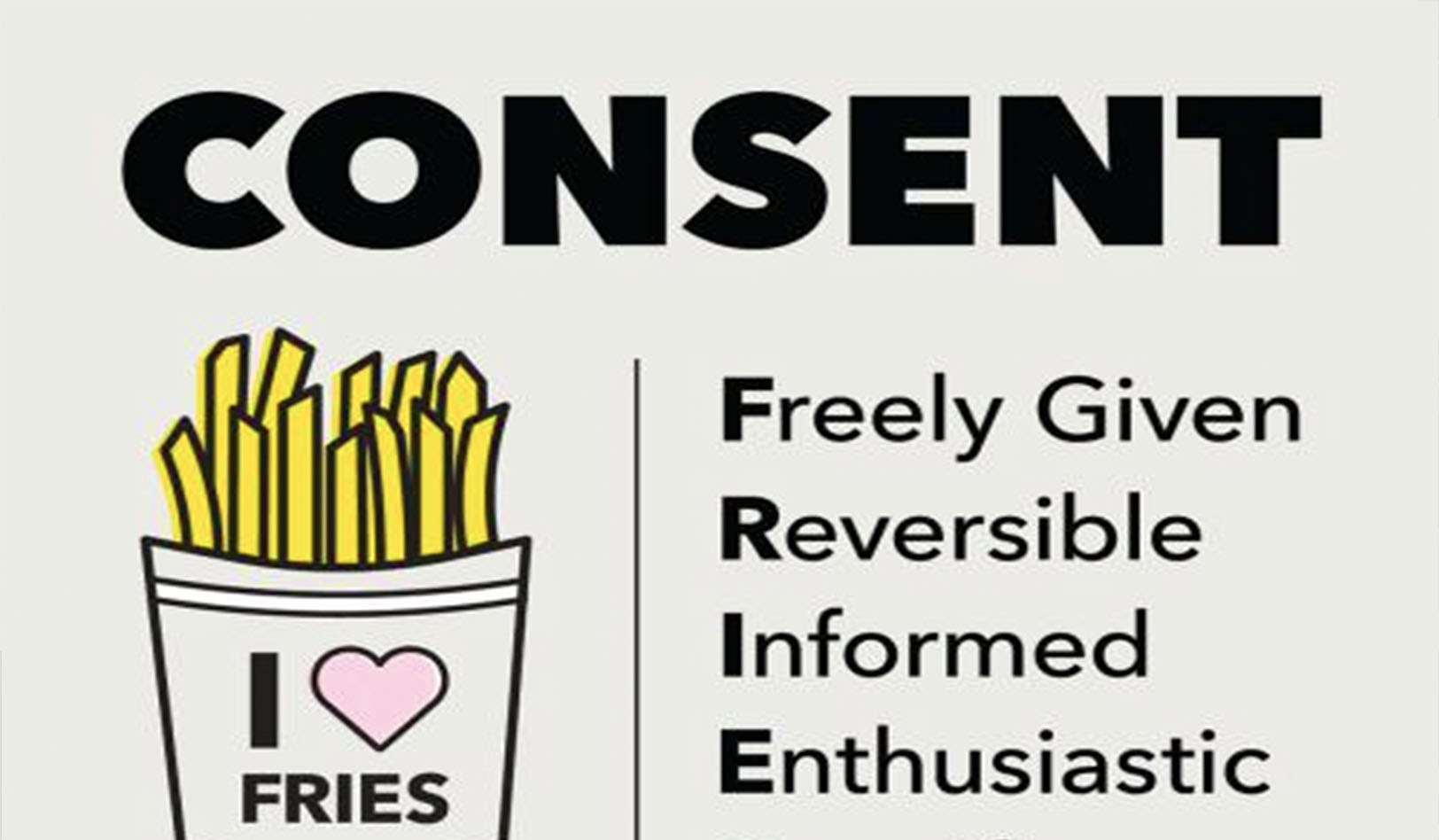-The following article was contributed by Megan Gilron (she|they) for Actsafe’s summer edition of Safety Scene, the theme of which is mental health.
The job of supporting performers and crew within and around scenes of intimacy has been practised in one form or another for years, but the role of Intimacy Coordinator (Film/TV) and Intimacy Director (Theatre), has only recently been implemented. Due to significant industry growth and the demand for this support, these roles are now becoming an industry standard. Because of this, new practices and protocols are being created to support this change on a grand scale.
In·ti·ma·cy (Oxford Dictionary Definition)
/ˈin(t)əməsē/
noun; intimacy
- close familiarity or friendship; closeness.
“the intimacy between a husband and wife”
Wow, how generic and heteronormative. Also, what about the intimacy between parent and child?
- EUPHEMISTIC an intimate act, especially sexual intercourse.
Ok, a bit more specific. What kind of intimacy? What if an orgasm is had but there is no skin contact? Under the umbrella of the intimacy profession, scenes of intimacy include kissing, touching, nudity, intimacy in familial relationships, simulated sex acts, simulated sexual violence, and other vulnerable situations dependant on context.
A common concern we hear is that choreographed intimacy lacks a “natural and realistic” feel. Performance is – famously – not real; the story the audience sees is manufactured. However, the authenticity of that organic and vulnerable moment only comes when the performers feel safe and confident in the scene. They can stay present and more connected with their partner when they know each others’ boundaries. The chemistry and “realistic feeling” is supported by that confidence.
Our consent to action, words, and behaviour make the difference between experiencing trauma and feeling free to create. When looking briefly into the world’s history we see clear examples of trauma, marginalization, and colonization: direct results of the absence of consent. How much art has our world been robbed of because the voices haven’t been given the safety to be heard?
Through an artistic lens, fully informed consent to the creative process with all its minute details makes a massive difference in the final artistic product. The inclusion of the Intimacy Professional role on a production has further expanded a broadening dialogue of autonomy, as well as mental, emotional, and physical safety to support sustainable work environments.
It’s often common practice on set for departments like makeup, hair and wardrobe to adjust clothing, fix hair, and touch up makeup with ninja-like skills. This focus on the “job” builds a litany of micro-aggressions that have a large impact on performers’ anxiety, mental focus, and tension in the body. I myself have seen – firsthand – that when a performer is engaged and consulted throughout the process, when they are asked for their consent before being touched, they start to feel a part of the process rather than the product that is being processed. This creates a safer environment where they are more trusting of the team or crew with whom they are working. When they are seen as fully human, a fellow artist rather than a mannequin or puppet, how vastly improved their performances become.
The discussion of consent often focuses on the communication (or lack thereof) around hearing and receiving a “Yes”. Below the surface is the conversation and much less-explored discussion: What happens when people hear a “No”? As children, we learn that a “No” means we’re wrong, bad, or we’ve stepped out of line. Physiologically our heartbeat increases, our blood pressure rises, we hold our breath or hyperventilate, and our muscles tense.
Our North American mainstream culture has invested little or no time educating and engaging with a graceful and respectful response to perceived rejection. Hearing a “No” puts people on edge and on the defensive when not receiving what they want from someone. What happens when we learn that “No” isn’t an attack or rejection of us, but rather the other person enacting boundaries for their safety? When we see a “No” through this lens, we can celebrate and thank the person for honouring their autonomy and personal safety. This requires us to engage with others on an equitable platform that isn’t based in our own ego. As an Intimacy Professional, our foundations are built upon the knowledge that “Yes means nothing if No is not an option”.
Boundaries are something the majority of people need to develop substantial practice engaging with. It’s not something many of us were introduced to in our youth. We can learn to gauge what our boundaries are when we check in with our gut (a squicky feeling in the stomach, hairs standing up on the back of the neck). When we feel safe and confident, it’s easy; the answer and enthusiasm comes naturally.
I want to empower folx reading this to begin discerning their own boundaries through the practice of consent. Explore the ways in which it can be revoked, changed, or be absent. Approach someone’s boundaries with respect and curiosity.
Begin here with Planned Parenthood‘s acronym for Consent: F.R.I.E.S.

Notice how it makes you feel when you receive a “No”. Why do you feel that way? Try responding to someone’s boundaries with either a verbal or mental: “Thank you for taking care of yourself”.
We all have the need to be seen and understood and to be respected for our boundaries. If we work towards mindfully acknowledging each other through this lens, we may just find ourselves in happier, more sustainable work and living environments.
We must acknowledge that others’ actions don’t revolve around us.
It’s time to learn that we benefit from a worldview that encompasses space for everyone’s mental, physical, emotional, and psychological safety. Embrace the “No”!



Share Now: